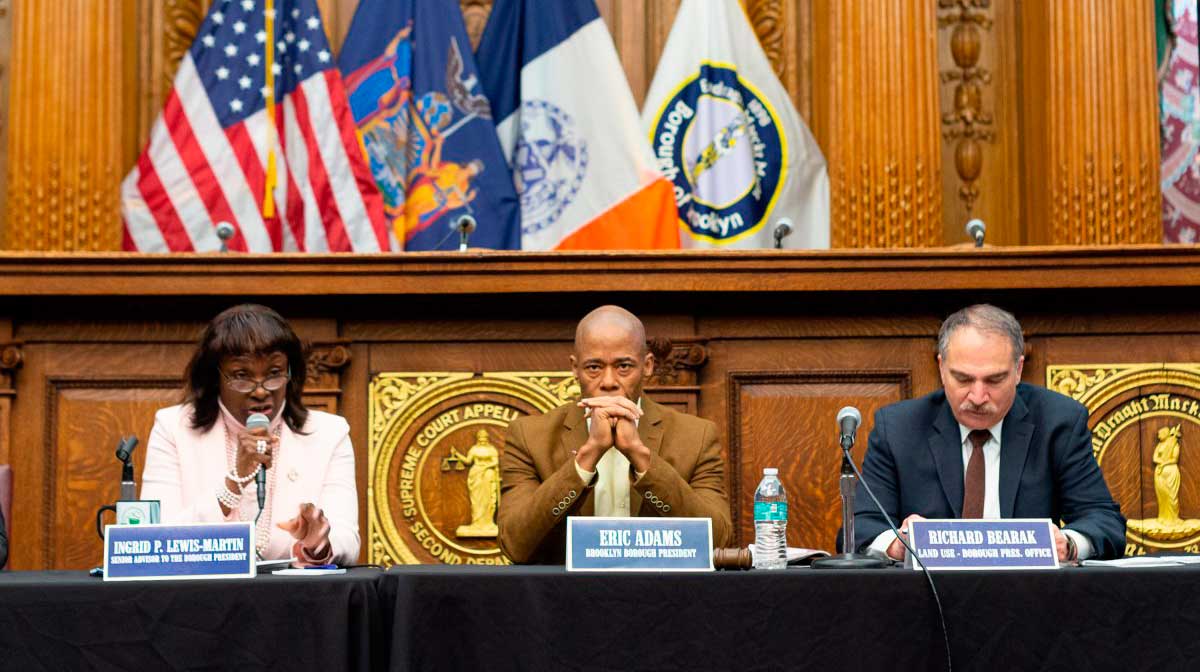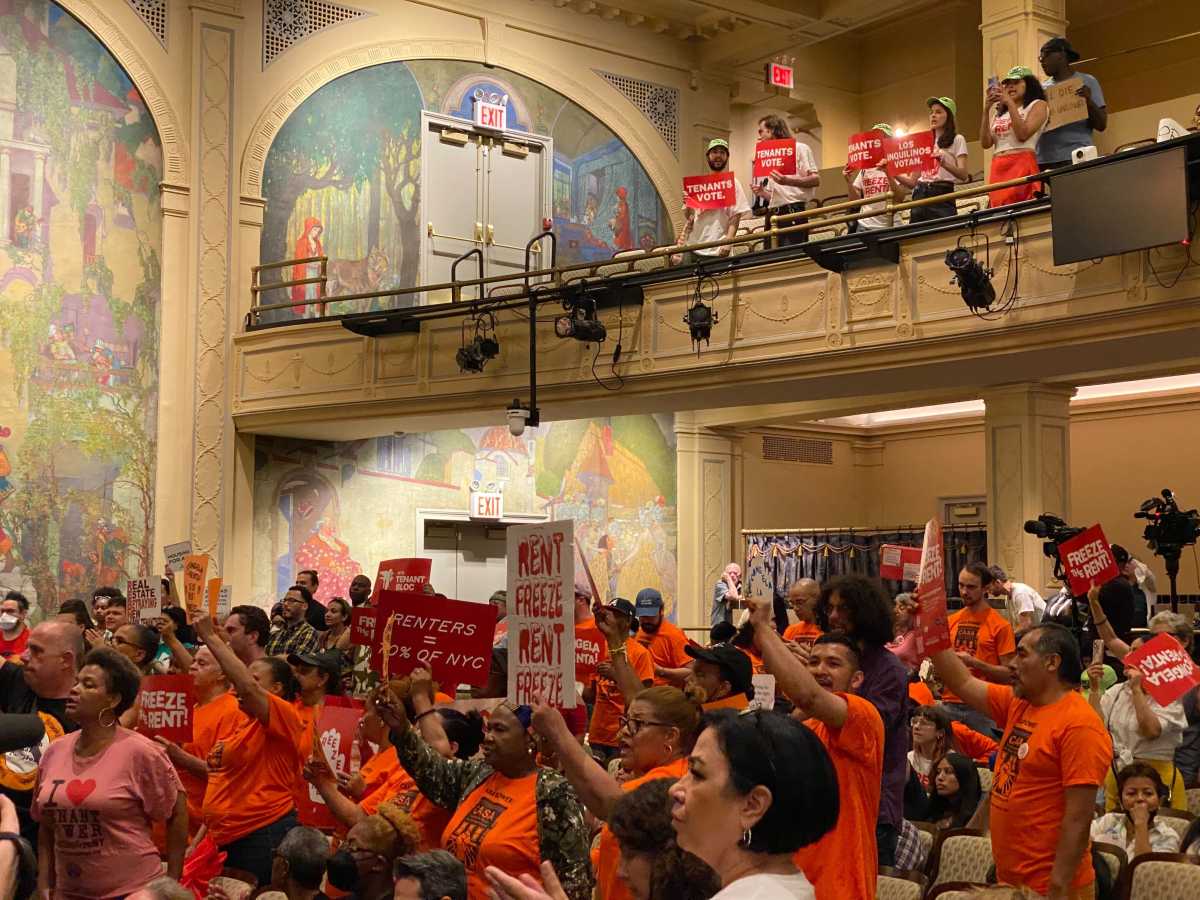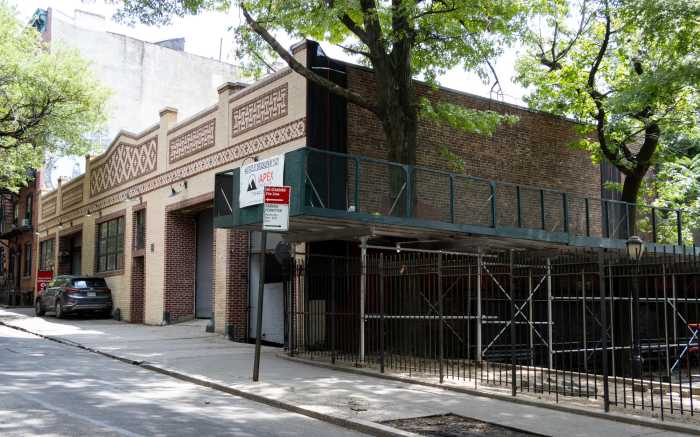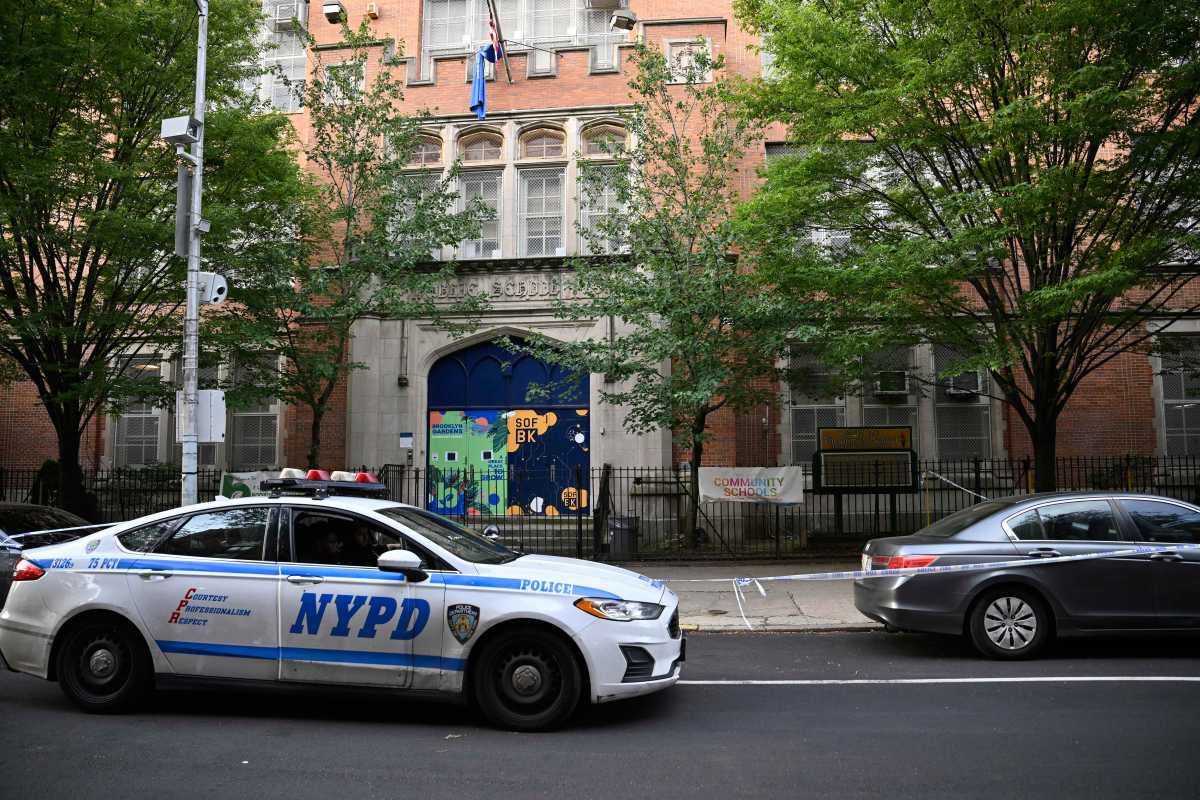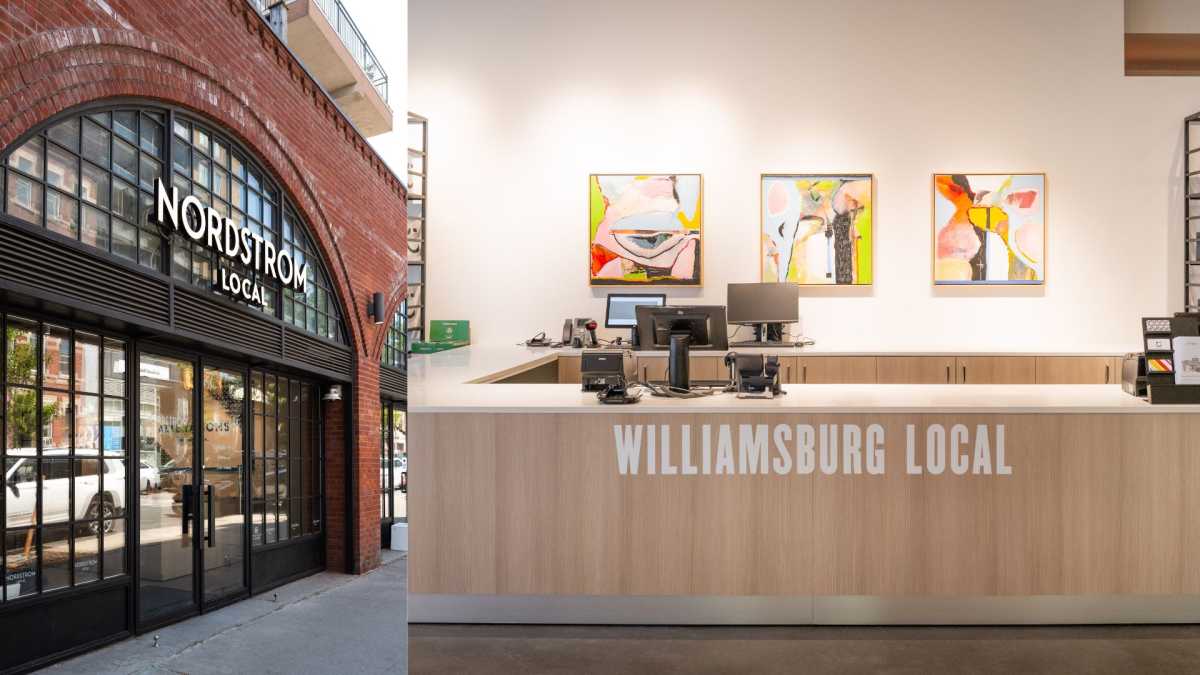Everyone agrees that the kids are not alright.
Both proponents and opponents of a megadevelopment planned for the edge of Boerum Hill found common ground on the controversial project at a public hearing on Monday, where they agreed students at a schoolhouse that would be rebuilt as part of the scheme deserve better than their current facility.
But the city should never have shoved the high-schoolers at Khalil Gibran International Academy into their dilapidated Schermerhorn Street building in the first place — and should not attempt to right that wrong now by handing over its land to a developer that promised to include a new home for the pupils in its five-building 80 Flatbush project proposed for the site, according to a critic.
“The students of Khalil Gibran are being used as pawns,” said Victoria Cambranes, who last year ran an unsuccessful campaign to unseat Councilman Stephen Levin — whose district includes the 80 Flatbush site. “They are not being given the correct resources and I believe they should be demanding a lot more.”
Cambranes joined dozens of locals at the beep’s hearing on the polarizing project, which drew a much calmer crowd whose opinions fell on both sides of the scheme after an impassioned group of detractors largely stole the floor at the first open forum on the plan in March.
The meetings are required as part of the city’s Uniform Land Use Review Procedure for 80 Flatbush — which builder Alloy Development kicked off with the hope of getting a green light to rezone a swath of land bounded by Flatbush and Third avenues and State and Schermerhorn streets in order to erect 74- and 38-story towers as part of its complex that incorporates residential, commercial, cultural, and educational spaces.
The latter would include a new home for Khalil Gibran as well as a second, newly built elementary school with 350 seats.
The Department of Education gave the real-estate firm’s plan a thumbs up after the agency’s Educational Construction Fund, which uses money from developers to construct new schools at no capital cost to the city, selected Alloy’s scheme after putting out a call to builders interested in making over the Khalil Gibran schoolhouse back in 2016 — around the same time the company bought up the lots that neighbored the crumbling classrooms.
And the Arabic-language school’s principal has long supported the contentious project, contending it would finally give his bright-eyed pupils the modern-day learning house they desperately need.
“It’s true, our facilities are very limited and outdated,” said Winston Hamann. “Just think for a moment what we can accomplish with a state-of-the-art facility that will allow our students to compete in the 21st century.”
But opponents including Cambranes blasted Alloy’s rezoning application — which would allow it to build towers three times the size that current regulations allow — as unfit for the low-rise neighborhood and an unviable solution to a problem the city should have never put the students in to begin with.
“Seven years ago, the Department of Education placed them in a building that was not suitable for their habitation then, and it is not suitable for their habitation now,” she said. “They are being baited and used so a developer like Alloy is the only one to come in and save them, and that is the wrong way to go about selling our public assets.”
In 2007, Education Department leaders announced they would open the city’s first Arabic-language academy before they even had a home for it, and later proposed squeezing the Khalil Gibran students — who then included middle- and high-schoolers — into Park Slope’s PS 282 schoolhouse, inciting protests over combining the two by parents who questioned the need for the cultural school at all.
The controversy led officials to instead open Khalil Gibran later that year in Boerum Hill, inside a Dean Street building between Third and Fourth avenues shared by two learning houses — the Brooklyn High School of the Arts, and the Math and Science Exploratory School, a middle school.
In early 2008, however, the Education Department proposed Khalil Gibran make yet another move, ultimately relocating it to the same Navy Street building as Fort Greene elementary school PS 287 months later, in what bigwigs claimed would be a permanent home.
But three years later, in 2011, the city again moved the academy into its current home after cutting its then-struggling middle school classrooms.
And after all that shuffling, Khalil Gibran educators and students deserve a true home at the academy’s current location that will allow its cultural curriculum to flourish, according to the president of Downtown do-good group the Arab-American Family Support Center, which recently gave the beep a petition supporting 80 Flatbush signed by more than 600 people.
“This is an opportunity for Khalil Gibran International Academy to finally have a home after moving to multiple locations in the past decade,” said Rawaa Nancy Albilal. “Our children deserve better than what they have been given so far, this is their opportunity to finally have a gymnasium, a library, art room, music room, and new science lab.”
Adams will deliver his opinion on the project in the coming weeks, his rep said, and Community Board 2’s full board will vote on the scheme on May 9, following its Land Use Committee’s unanimous rejection of the plan on April 18.
The rezoning application will then go before the City Planning Commission, Council, and ultimately Mayor DeBlasio.



